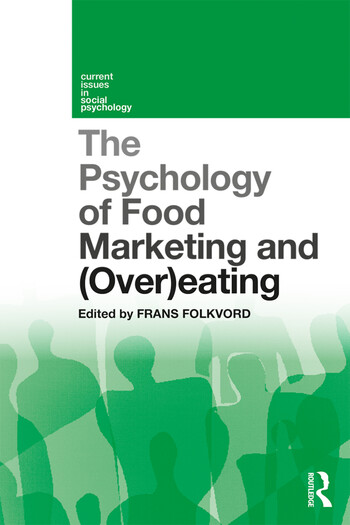Preventive Healthcare Increases Demand for Amino Acids
Specialty protein ingredients, fortified foods help consumers combat lifestyle-related complications

Changing food habits, lack of physical activity, and the rise in the number of people in sedentary jobs has increased the incidence of lifestyle-related complications such as obesity and high blood pressure. As consumers become more health conscious, they are opting for preventive measures such as fortified foods. This translates to a bigger market for specialty proteins and amino acids in food and beverages.
New analysis from Frost & Sullivan, Western European Market for Amino Acids and Specialty Protein Ingredients for Human Applications (www.frost.com/maa4), finds that the market earned revenues of$14.47 million in 2014 and expects this to reach $20.21 million in 2018. Specialty proteins are produced from animal sources, plant sources and algae. Amino acids are produced through fermentation, chemical synthesis, enzymatic production and protein hydrolysis.
Since consumer concerns over health and safety are the primary growth drivers in this market, regulatory approvals, and scientific evidence regarding functional and nutritional benefits are crucial for continued growth. With animal products attracting considerable skepticism due the use of genetically modified (GM) products, plants and dairy are considered more desirable and sustainable sources for proteins.
"Protein manufacturers that can develop specific concentrates and isolates of sauces, dairy products, and a wide range of processed foods will have an edge in the market," said Frost & Sullivan Chemicals, Materials & Food Industry Analyst Dr.Nandhini Rajagopal.
Manufacturers are also leaning towards natural amino acids, as there is a marked preference for them over synthetic ones in the Western European market. However, the former are expensive to produce. To deal with the price pressure, some food companies choose to formulate their produce with lesser percent of natural amino acids and high percent of synthetic amino acids. However, they still claim their product as completely natural; this leads to confusion among consumers while selecting the amino acid product that best fit their needs.
As such, detailed labeling about the sourcing of each ingredient formulated in a dietary supplement or fortified foods will aid greater penetration of protein fortified functional foods and facilitate decision making. Clinical trials proving the efficacy of the ingredients are also vital for garnering substantial market shares.
As plant proteins have more volumes of scientific evidence, they are likely to find higher uptake among savvy consumers. In addition, plant proteins are less susceptible to contamination by pathogenic microorganisms and some plant proteins, such as soy proteins, contain fibers and important minerals such as calcium, magnesium, phosphorous and potassium.
"In the coming years, algal proteins are expected to take the lead in the market," noted Rajagopal. "Apart from having all the attributes consumers desire, they overcome challenges inherent in other protein sources by being non-GMO, organoleptic, sustainable, and non-allergenic."
Western European Market for Amino Acids and Specialty Protein Ingredients for Human Applications is part of the Food & Agriculture Growth Partnership Service program. Frost & Sullivan's related studies include: Bakery Products Market inEurope; US Prebiotic Ingredients Market; Global Pet Food Ingredients Market; Dairy, Egg, and Meat Product Market inAsia-Pacific; and Confectionery Product Market in the United States. All studies included in subscriptions provide detailed market opportunities and industry trends evaluated following extensive interviews with market participants.
Looking for a reprint of this article?
From high-res PDFs to custom plaques, order your copy today!








